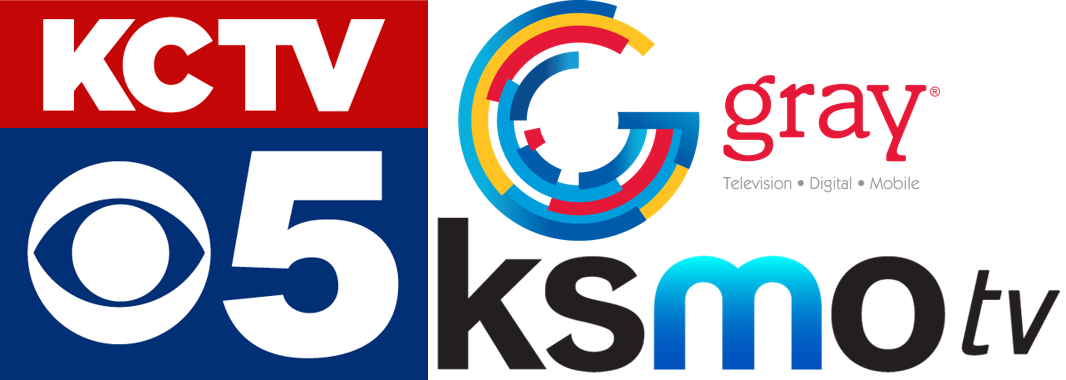
Marketers have to follow where their audiences travel, and your audiences aren't just using traditional broadcast television anymore. Instead, consumers are increasingly migrating to OTT: over-the-top media platforms that offer standalone streaming services. This includes video streaming services and music streaming, game streaming, and even messaging networks.
This doesn't mean you should abandon broadcasting platforms entirely. Instead, many marketing strategies work best when they take a multi-pronged approach and advertise on both platform types.
The Value of Integrating Broadcast and OTT Campaigns
Integrating your marketing campaigns so you focus on both broadcast and OTT channels brings these benefits:
More comprehensive coverage of your target markets:
 Audiences that use broadcast services may not use as many OTT services as other audiences, and markets that primarily use OTT platforms for entertainment tend not to have access to broadcasting. By advertising on both platforms, you don't have to worry about missing potential leads just because of differences in their preferred platforms.
Audiences that use broadcast services may not use as many OTT services as other audiences, and markets that primarily use OTT platforms for entertainment tend not to have access to broadcasting. By advertising on both platforms, you don't have to worry about missing potential leads just because of differences in their preferred platforms.
Increased exposure:
Both brand awareness and sales-driving campaigns both benefit from repeated exposure. The more a shopper in your audience engages with your marketing materials, the more familiar and top-of-mind your brand becomes. Spreading your ads across multiple channels can help you achieve this effect while simultaneously reducing the risk of ad fatigue.
Capture the unique advantages of both platforms:
 Broadcast ads let you expand your reach by exposing new consumers outside your core target market to your brand. You can educate them and let them grow more familiar with your products and services. But OTT ads are better for directly pushing audiences toward taking action, as the viewers are watching premium content and tend to be far more engaged.
Broadcast ads let you expand your reach by exposing new consumers outside your core target market to your brand. You can educate them and let them grow more familiar with your products and services. But OTT ads are better for directly pushing audiences toward taking action, as the viewers are watching premium content and tend to be far more engaged.
OTT and broadcast have their advantages. Together, they give your campaign greater reach, higher frequency, and better campaign management.
Steps to Integrate Your Broadcast and OTT Advertising
Once you decide that both broadcast and OTT advertising are the right choices for your cross-channel campaign, it's essential to incorporate both channels through thorough planning methodically. Follow these three steps to make your integrated campaign a success:
1. Identify Your Target Audience
 There are dozens of different channels available across both OTT and broadcast options. Before you start paying for ads across a broad spectrum or the wrong niche, it's essential to research your target market. Identify what programs they're likely to be interested in, what channels they prefer, and even what times of day they're likely to consume different types of media. All of this information should be added to their detailed profile so you can develop buyer personas to guide advertising strategies.
There are dozens of different channels available across both OTT and broadcast options. Before you start paying for ads across a broad spectrum or the wrong niche, it's essential to research your target market. Identify what programs they're likely to be interested in, what channels they prefer, and even what times of day they're likely to consume different types of media. All of this information should be added to their detailed profile so you can develop buyer personas to guide advertising strategies.
Even once you focus on just the programs and channels your shoppers prefer, it's time to narrow your analysis even further. Segment your customers into different groups, so you know which customer types are viewing which programs and platforms. Then you can get more precisely crafted messages that get their attention and persuade them to act. When your customers have a wide range of interests and fall across a broad demographic spectrum, this planning stage can help ensure you're reaching the right target audience.
2. Make Your Goals Cohesive Across Both Platforms
However, no matter how striated your target audience and platforms are, every part of a campaign needs to focus on the same goal. If your goal for a campaign is to bring audiences in for your semi-annual sale, that goal should be consistent across every broadcast and OTT ad in the campaign. This focus holds the campaign together, so it doesn't fall apart into multiple unrelated projects.
By making your goal cohesive, you aren't just using the platforms as two tools for the same end goal. You're making it easier to compare results across the two platforms. You can measure which ad types and which messages are getting the most engagement. OTT platforms, in particular, have excellent analytics resources you can use to gather refined data about your audiences' behavior.
3. Advertise Where Your Audience Is
 Ultimately, researching your audience and measuring how well you're achieving your goals across separate platforms lets you reach your audience better. You can use the detailed information about your target market and the analytics of your past and current campaigns to make sure your ads are attached to the right programs at the right time and on suitable media.
Ultimately, researching your audience and measuring how well you're achieving your goals across separate platforms lets you reach your audience better. You can use the detailed information about your target market and the analytics of your past and current campaigns to make sure your ads are attached to the right programs at the right time and on suitable media.
You can also increasingly refine your approach by:
- Removing platforms or broadcast areas that are getting low engagement
- Capping OTT ads by the individual viewer so there's less risk of ad fatigue
- Scheduling your ads so they play only when your target markets are actively engaged with the platform
Combine Broadcast and OTT Advertising for Better Coverage
Broadcast and OTT channels by themselves aren't enough to guarantee that your message is reaching your audience. Make sure you're reaching your markets where they spend their time and are most likely to be actively engaged with the media. Omni-channel and multi-platform campaigns have greater reach and encourage more engagement through different messaging.
Also, they provide your team with a wealth of data so you can make your campaigns stronger and stronger over time. Explore our blog for tips about integrating OTT platforms into your marketing strategies and building omnichannel campaigns.




